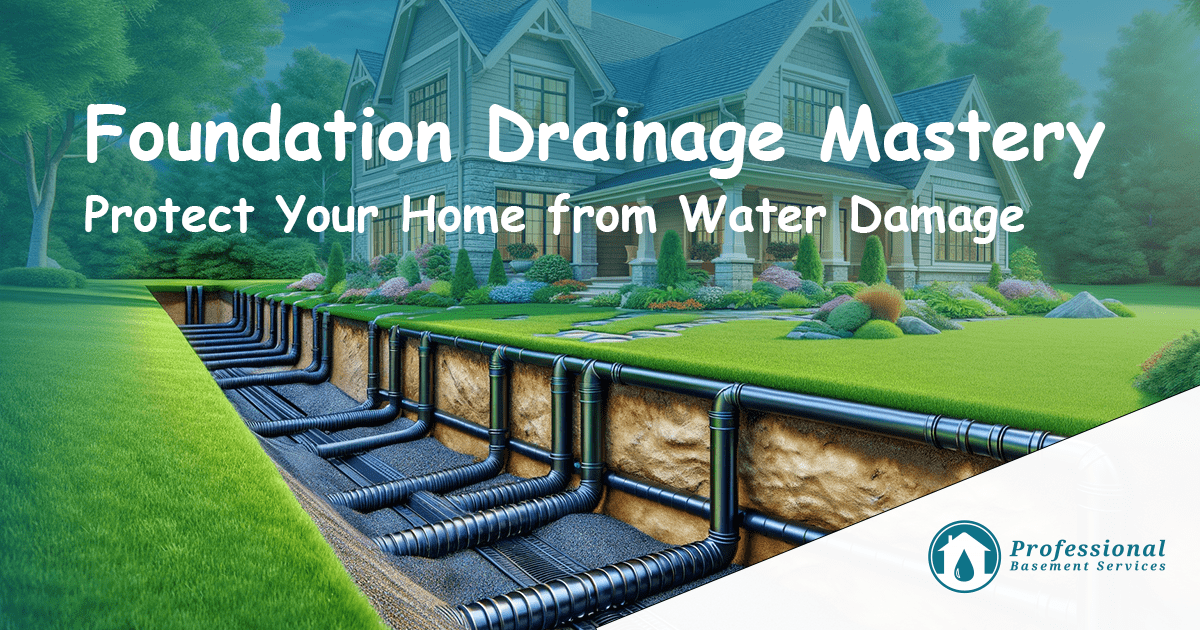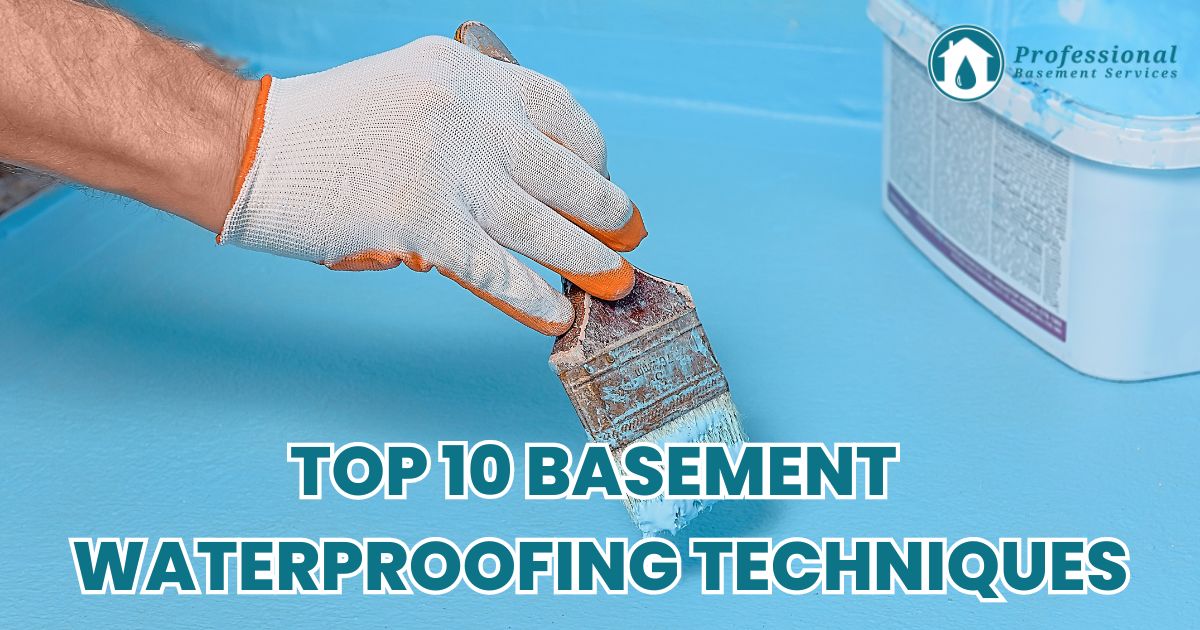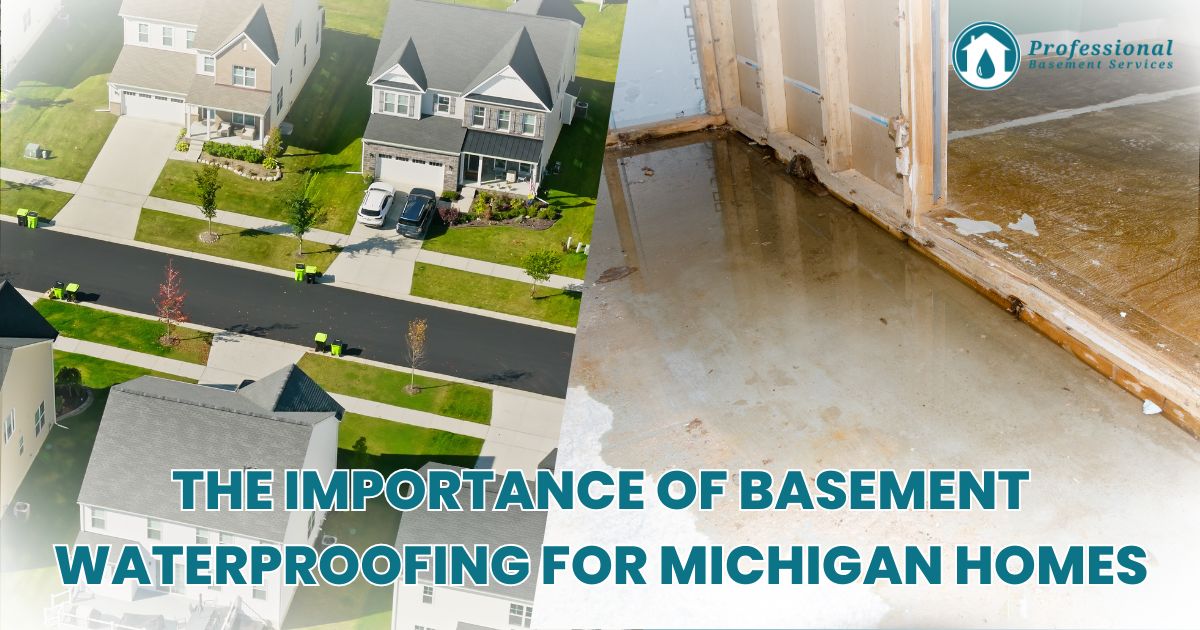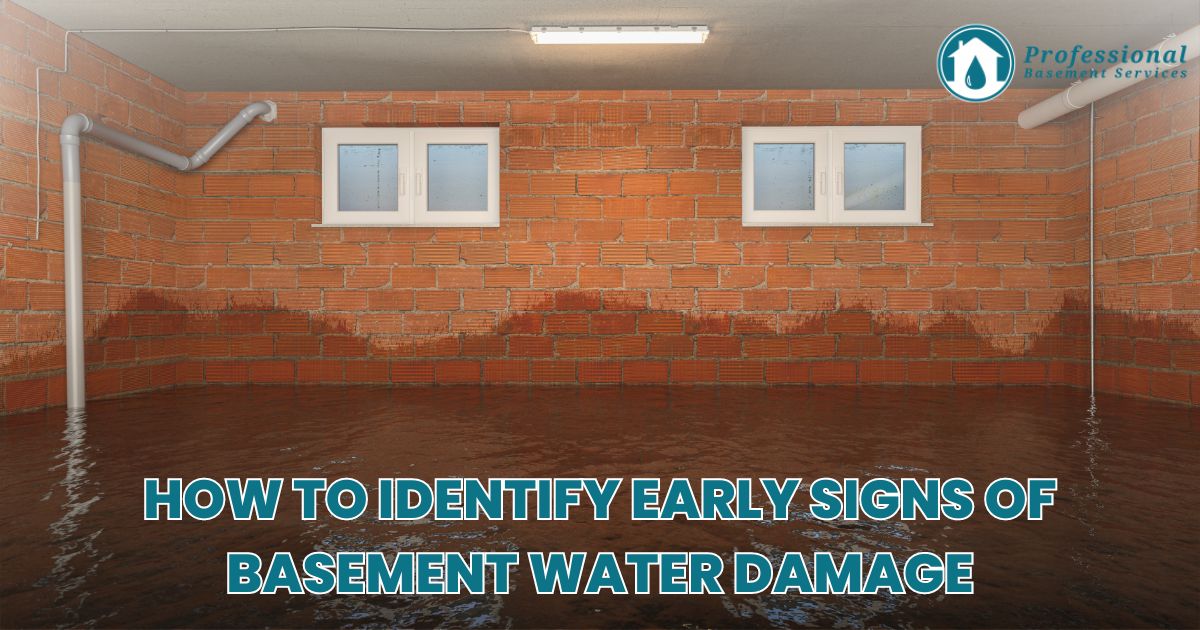Foundation Drainage Mastery: Protect Your Home from Water Damage
Water damage poses a significant threat to the structural integrity and safety of your home. Among the most critical strategies to safeguard your property is implementing effective foundation drainage solutions. This comprehensive guide delves into the mastery of foundation drainage, offering insights into protecting your home from the potentially devastating effects of water damage.
Understanding the Importance of Foundation Drainage
Water accumulation around your home’s foundation can lead to numerous problems, including soil erosion, basement flooding, and even foundation cracks. These issues not only compromise the structural integrity of your home but can also lead to costly repairs. Implementing foundation drainage solutions is essential in managing water flow and preventing these potential hazards.
The Mechanics of Foundation Drainage
Foundation drainage systems are designed to redirect water away from your home’s foundation, ensuring that the soil around it remains stable and dry. The effectiveness of these systems lies in their ability to prevent water from accumulating around your home, thereby protecting its foundation from water damage.
Key Foundation Drainage Solutions
Several strategies can be employed to enhance the drainage around your home’s foundation. Here are some of the most effective foundation drainage solutions:
1. French Drains: The Classic Solution
A French drain consists of a trench filled with gravel or rock containing a perforated pipe directed away from the foundation. This system effectively collects and redirects groundwater, preventing it from pooling around your home.
2. Sump Pumps: The Basement Saviors
Sump pumps are essential for homes prone to basement flooding. Installed in the lowest part of a basement or crawlspace, sump pumps activate automatically to pump out water that has accumulated, keeping the area dry.
3. Gutter Systems: The First Line of Defense
Properly installed and maintained gutter systems are crucial in foundation water management. Gutters collect rainwater from the roof and direct it away from the foundation through downspouts. Extending downspouts away from your home is a simple yet effective way to prevent water accumulation.
4. Grading: The Natural Slope Protection
Grading your property ensures that the ground slopes away from your home, naturally directing water away from the foundation. This solution requires precise engineering to achieve the correct slope and effective drainage.
5. Waterproofing: The Barrier Method
Applying waterproof coatings and membranes to the exterior walls of your basement can act as a barrier against water infiltration. This method, often used in conjunction with other drainage solutions, provides an additional layer of protection for your home.
Implementing Your Foundation Drainage Plan
Developing a comprehensive foundation drainage plan involves several steps, from assessment to implementation:
- Assess Your Needs: Evaluate your property to identify potential water damage risks and determine the most suitable foundation drainage solutions.
- Consult Professionals: Consider hiring a professional to ensure that your drainage plan is effectively designed and implemented. Experts in foundation drainage can offer tailored solutions that meet your home’s specific needs.
- Regular Maintenance: Regularly inspect and maintain your drainage systems to ensure they remain effective over time. This includes cleaning gutters, inspecting sump pumps, and checking French drains for clogs.
- Stay Informed: Keep abreast of the latest foundation drainage technologies and practices. The field is continually evolving, and new solutions may offer improved protection for your home.
Conclusion
Mastering foundation drainage is essential in protecting your home from water damage. By understanding the importance of proper foundation drainage and implementing effective solutions, you can ensure the longevity and safety of your property. Remember, the key to successful foundation drainage lies in a combination of assessment, professional advice, and regular maintenance. Take proactive steps today to safeguard your home for tomorrow.
Frequently Asked Questions
Q: How often should I inspect my foundation drainage systems?
A: It’s recommended to inspect your drainage systems at least twice a year, typically in the spring and fall, to ensure they are functioning correctly and free from blockages.
Q: Can landscaping affect my foundation drainage?
A: Yes, certain landscaping practices can impact foundation drainage. Ensure that plants and trees are positioned in a way that their roots do not interfere with drainage systems. Additionally, consider landscaping designs that promote effective water diversion away from your home.
Q: Is it possible to implement foundation drainage solutions in an existing home?
A: Absolutely. While it’s easier to install certain drainage solutions during the construction phase, most systems can be retrofitted to existing homes. Consulting with a foundation drainage expert can provide you with options suitable for your property’s specific conditions.





